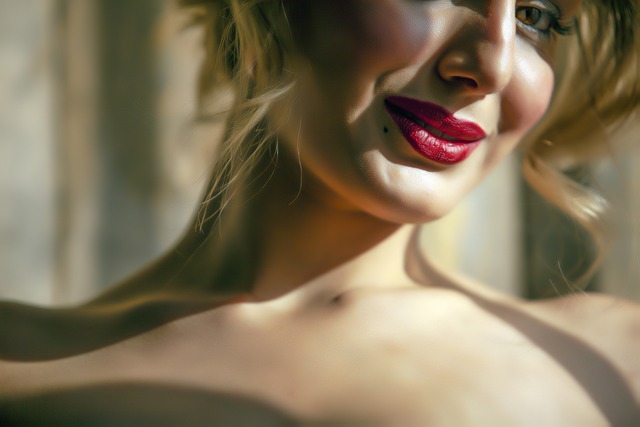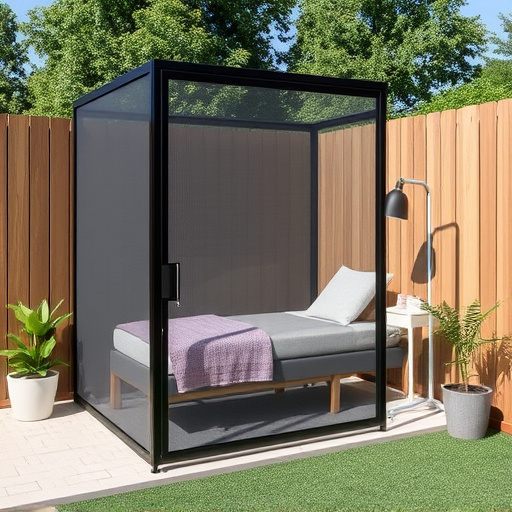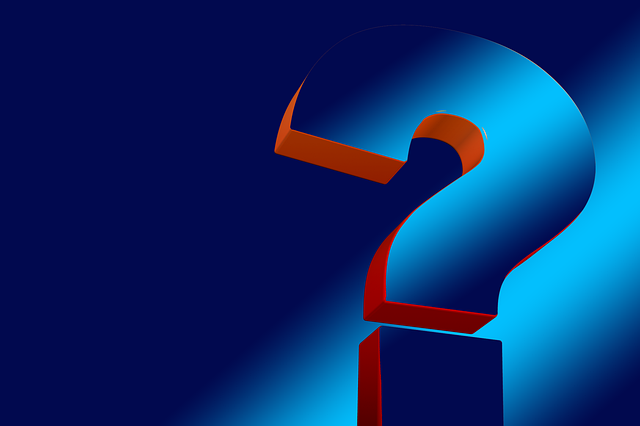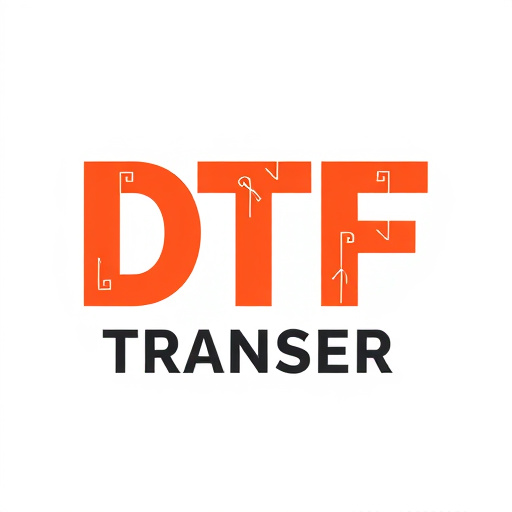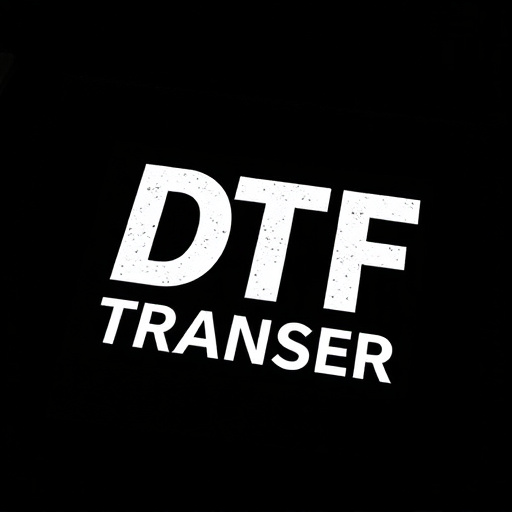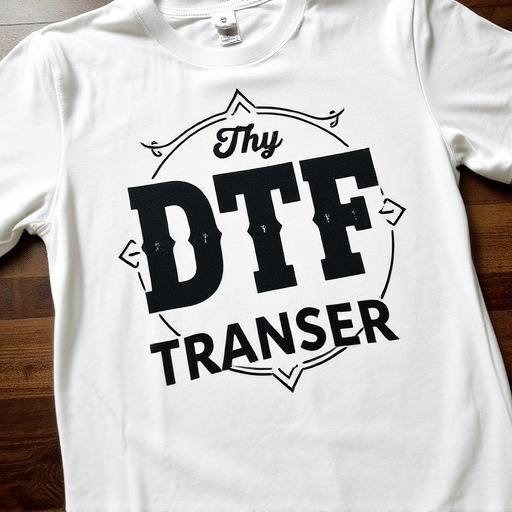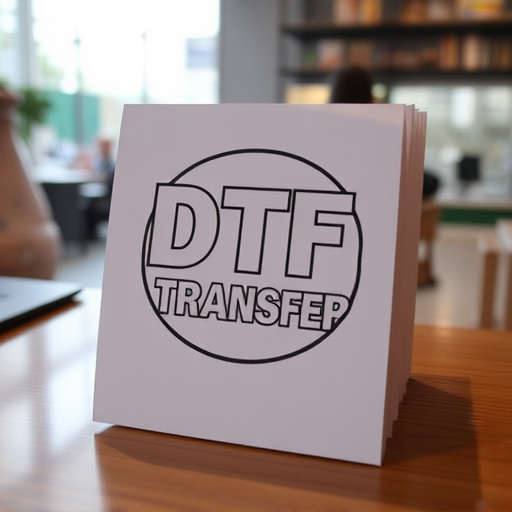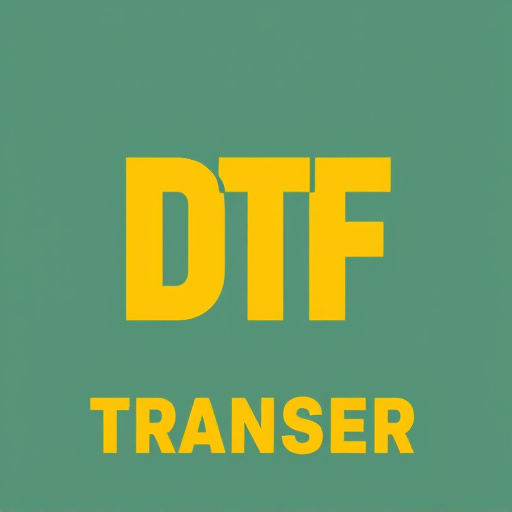DTF Printing is a cutting-edge technology revolutionizing surface decoration with its ability to create intricate patterns on various materials. It offers exceptional versatility, durability, and weather resistance, making it ideal for decorations, signage, and industrial components. DTF's key advantages include high-resolution details, vibrant colors that withstand fading, and long-lasting bonds resistant to wear and tear. The process involves transferring digital designs onto film, curing them with UV light, and using specific materials for optimal results. Regular maintenance ensures consistent print quality. DTF is widely used in outdoor advertising and urban art, enhancing aesthetics and reducing maintenance costs. With continuous advancements, DTF Printing's future looks promising, expanding its applications from packaging to long-lasting outdoor displays.
Direct-to-film (DTF) printing has emerged as a game-changer in design application, offering unparalleled longevity and resilience. This article delves into the world of DTF, exploring its advantages for lasting designs, from material choices to print techniques. We’ll uncover how this innovative method enhances consistency over time, share real-world applications, and discuss future trends setting the stage for even more robust and vibrant creations. Understanding DTF Printing is key to unlocking its potential for enduring artistic expression.
- Understanding Direct-to-Film (DTF) Printing: A Brief Overview
- The Advantages of DTF for Longevity and Resilience in Design Application
- Material Considerations: Choosing the Right Substrates for Durability
- Techniques to Enhance Print Quality and Consistency Over Time
- Real-World Applications: Success Stories of DTF's Longevity
- Future Prospects: Innovations and Trends in DTF Printing for Enhanced Resilience
Understanding Direct-to-Film (DTF) Printing: A Brief Overview
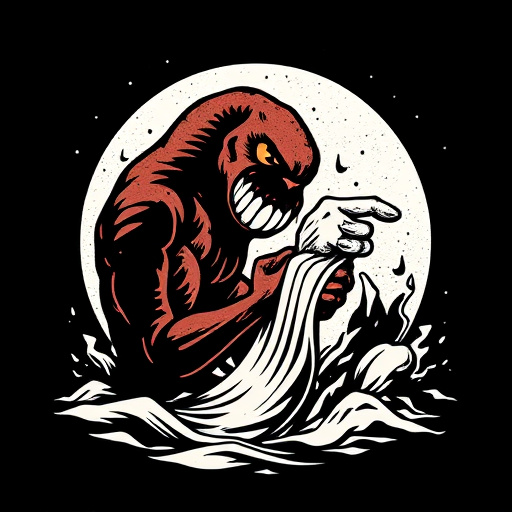
Direct-to-Film (DTF) printing is a cutting-edge technology that has transformed the way we approach applied designs, offering an innovative and efficient method for creating intricate patterns and graphics directly on various surfaces. This process involves transferring ink from a digital design onto a film, which is then cured using UV light, resulting in a precise and durable print. DTF Printing stands out due to its ability to produce high-resolution details, vibrant colors, and consistent quality across different materials.
Unlike traditional printing methods, DTF offers a direct and versatile approach. It can be applied to numerous substrates, including glass, metal, wood, and plastics, making it an attractive option for various industries. The technology’s resilience lies in its ability to withstand external factors like weather conditions and regular wear and tear, ensuring the longevity of the applied designs. This makes DTF Printing a preferred choice for creating visually appealing and long-lasting decorations, signage, and even industrial components.
The Advantages of DTF for Longevity and Resilience in Design Application
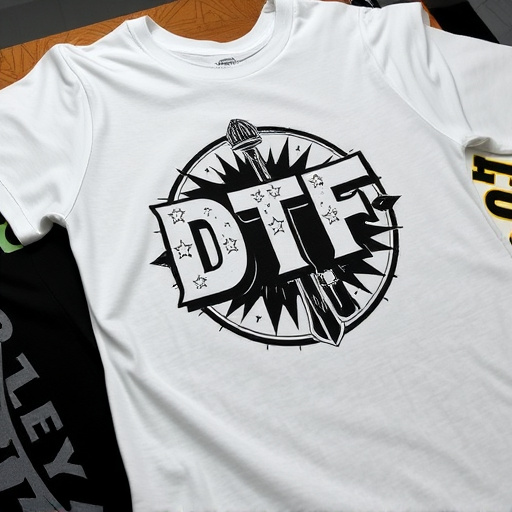
Direct-to-film (DTF) printing offers significant advantages in terms of longevity and resilience for applied designs. This technology directly applies inks to a substrate, creating durable bonds that withstand wear and tear over extended periods. Unlike traditional methods where layers of paint or coatings can chip or peel, DTF prints produce robust, long-lasting results, making it ideal for outdoor signage, vehicle graphics, and architectural murals.
Additionally, DTF Printing incorporates advanced ink formulas that are designed to resist fading and degradation from UV radiation, extreme temperatures, and other environmental factors. This ensures that the applied designs maintain their vibrancy and integrity, even in challenging conditions. The result is a visually appealing, durable solution that requires minimal maintenance over time, making it a cost-effective and efficient choice for various applications across industries.
Material Considerations: Choosing the Right Substrates for Durability
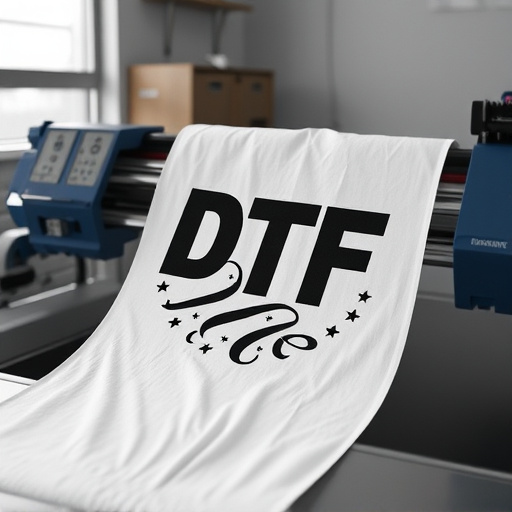
When it comes to the longevity and resilience of direct-to-film (DTF) applied designs, material considerations play a pivotal role in ensuring their durability. The choice of substrate is critical as it determines how well the design withstands environmental factors like UV exposure, moisture, and abrasion. High-quality, durable substrates such as vinyl, polyester, or specialized DTF films specifically designed for outdoor use offer superior resistance to yellowing, cracking, and peeling over time.
These materials are engineered to maintain vibrant colors, sharp details, and overall aesthetic appeal even under demanding conditions. Additionally, proper adhesion between the design and substrate is essential. Adhesives used in DTF printing should be chosen based on the specific material to ensure a strong bond that prevents designs from flaking or lifting over the years, enhancing the longevity of applied film art.
Techniques to Enhance Print Quality and Consistency Over Time
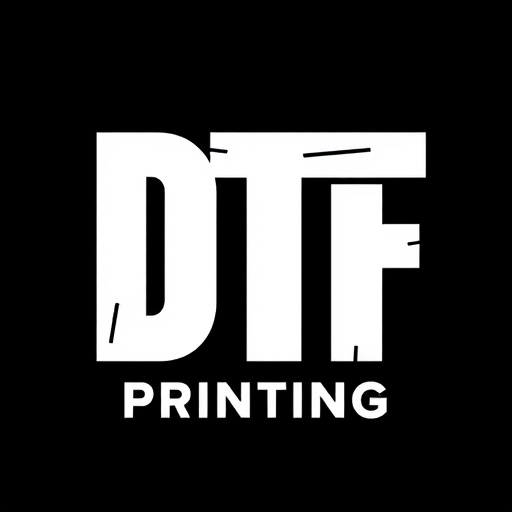
To ensure high-quality and consistent prints over time with Direct-to-Film (DTF) printing, several techniques can be employed. First, using high-resolution digital images and precise printing settings, including optimal ink density and cure times, guarantees sharp details and vibrant colors that withstand the test of time. Calibrating printers regularly and maintaining clean print heads and nozzles further enhances accuracy and prevents blockages, leading to more reliable results.
Additionally, selecting top-quality inks and substrates designed for longevity is paramount. UV-curable inks, for instance, offer superior durability and resistance to fading when cured properly. Choosing media with a protective coating can also protect against environmental factors like moisture and dirt, ensuring prints remain vibrant and intact for extended periods. Regular cleaning and maintenance routines, including wiping down surfaces and replacing consumables as needed, contribute to consistent print quality over the long term.
Real-World Applications: Success Stories of DTF's Longevity
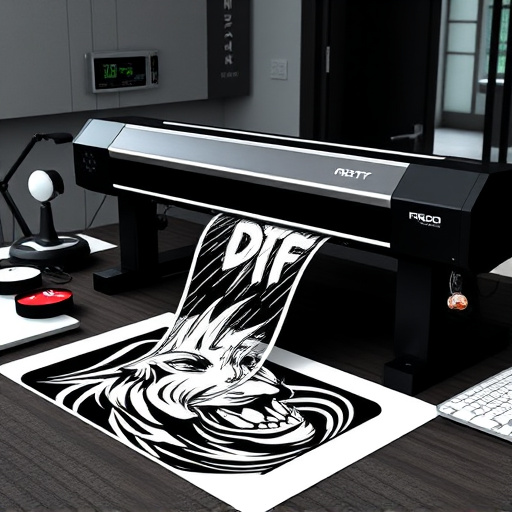
Direct-to-film (DTF) printing has proven its longevity and resilience in numerous real-world applications, showcasing successful outcomes across various industries. From outdoor advertising to point-of-sale displays, DTF Printing has delivered high-quality visuals that withstand harsh environmental conditions for extended periods. For instance, bus shelter advertisements printed using DTF technologies have remained vibrant and legible for over a year, outperforming traditional printing methods that often fade or become unreadable within months.
Moreover, DTF Printing’s durability is evident in its use on building facades, where applied designs can last for years, even decades, without significant degradation. This longevity not only reduces maintenance costs but also contributes to the overall aesthetic appeal of urban landscapes. Additionally, DTF Printing’s versatility allows for dynamic content updates, enabling businesses to adapt quickly to changing market trends and consumer preferences.
Future Prospects: Innovations and Trends in DTF Printing for Enhanced Resilience
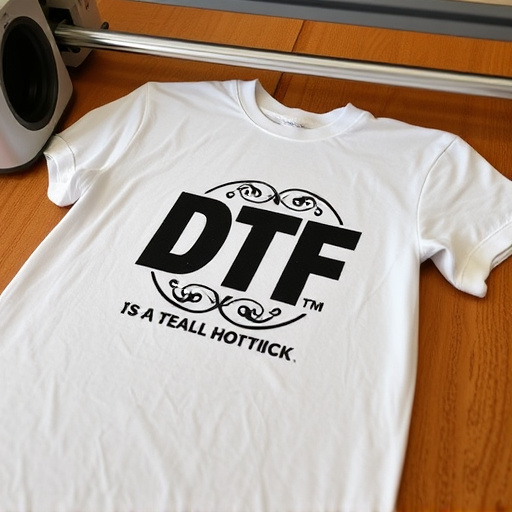
The future of direct-to-film (DTF) printing looks promising, with continuous innovations aimed at enhancing its resilience and longevity. As technology advances, DTF printers are becoming more efficient, precise, and capable of producing high-quality prints on a variety of materials. One of the key trends is the development of advanced ink formulations that offer improved durability and resistance to fading, ensuring the long-term viability of printed designs.
Additionally, researchers are exploring new printing techniques and substrates to further boost the resilience of DTF applications. These include the integration of protective coatings and overlays that safeguard the print surface from environmental factors like UV radiation, moisture, and abrasion. Such innovations promise to extend the lifespan of direct-to-film prints, making them suitable for outdoor displays, durable packaging, and other demanding applications where longevity is paramount.
